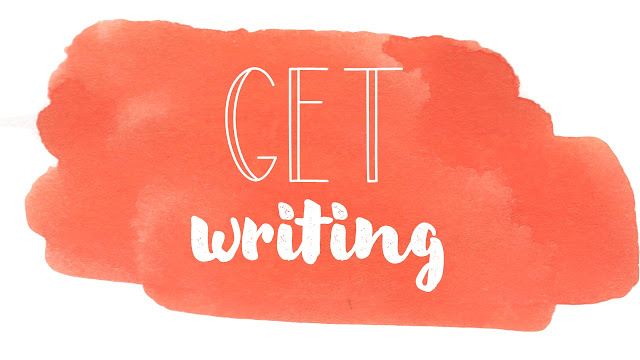There's no doubt about it...a composition's lead is paramount! Would you read a book with a boring opening? Not me! A story's lead is its first impression, so it must be dynamite!
I've put together a FREE lesson for writing a lead that you can grab here. Be sure to download the freebie and then learn all about how I like to teach how to write a lead below.
Teach students that...
--- Leads are the beginning sentences of a story or writing piece.
--- Leads are the beginning sentences of a story or writing piece.
--- Since the lead is the reader's first impression of your story, it needs to be interesting, engaging, and intriguing.
--- Effective leads begin in the most attention-getting, striking way possible.
STEP 2 - Provide Examples
A great way to help students appreciate the power of an effective lead is to provide them with examples. My favorite way to to this is to share 3 examples and have students rank the samples. Students should give the best lead a #1 ranking and the worst a #3 ranking.
Share examples like these with students...
--- We toured a cave during our family vacation.
--- "Watch out!" I screamed as something dark and scary swooped down toward my sister's head.
--- The damp cave sent a shiver down my spine.
Then, have students explain their scores with their peers or the class. Encourage students to give one or two reasons for each ranking. As they investigate the examples, they'll begin to understand the components of an effective lead.
STEP 3: GIVE GUIDED PRACTICE
There are many different ways to write an engaging lead. As students learn about writing leads, it's important for them to realize that they must try to appeal to their audience. Share a least 3 different types of leads to do just that.
You might give students guided notes and practice with these types of leads...
--- Middle of the Action - This lead begins with the most exciting moment in the story. For instance, "The sirens of the fire truck came screaming down my street as flames seemed to light the sky on fire."
--- Sensory Details - This lead grabs the reader's attention by creating a picture in the reader's mind with the five senses. For example, "The thick smoke of the warehouse fire blackened the sky and smelled of burning tires."
--- Begin with Dialogue - Another way to begin a story is to start with someone speaking to draw readers into a piece of writing. This could go something like, "Come closer. Stay beside me," my mother urged each of us as the fire trucks whizzed by.
Providing students with clear ways to begin a story helps many of them effectively improve their own leads.
STEP 4: PRACTICE
Once students have a strong understanding of leads, give them a chance to write several leads. You can do this with a "Lead Makeover" activity. Provide students with three lame leads that they must improve. Challenge them to improve the leads with a style that they learned about in Step 3.
Have students improve the following leads...
--- My birthday party was a lot of fun. (Have students write a new lead that begins in the middle of the action.)
--- Our teacher handed out a pop quiz. (Challenge students to add sensory details to the new lead.)
--- It was the first day of school. (Have students improve this lead with dialogue.)
Once students write new leads, have them share their writing with a partner and small group. Then, have students share out the best leads with the class.
At this point, your students will be confident lead writers. Have them put their learning to the test by encouraging them to improve a lead in their current rough draft. If students do not have a rough draft that they are working through, you could give them a writing prompt to help them practice writing an engaging lead.
Have students write a lead for...
--- A time when they won or lost something.
--- A time when they felt scared or nervous.
Challenge students to write a lead in all 3 styles they learned about: middle of the action, sensory details, and dialogue. Then, give students a chance to share their writing with the class.
----------------------------------
I hope this lesson helps to strengthen your students writing. You can find this lesson along with 9 other writing lessons like voice, word choice, and figures of speech in this popular resource.
Be sure to download the sample lead lesson here.
Thanks so much for stopping by!
Mary Beth
P.S. Have you seen this post about how to build better writers?















No comments:
Post a Comment